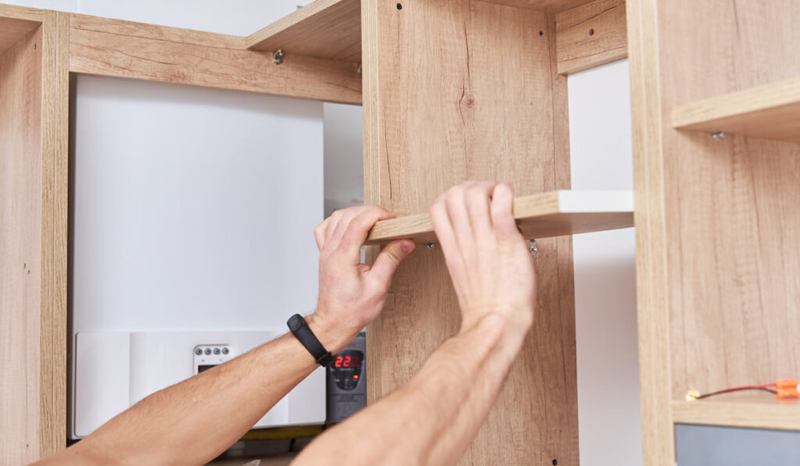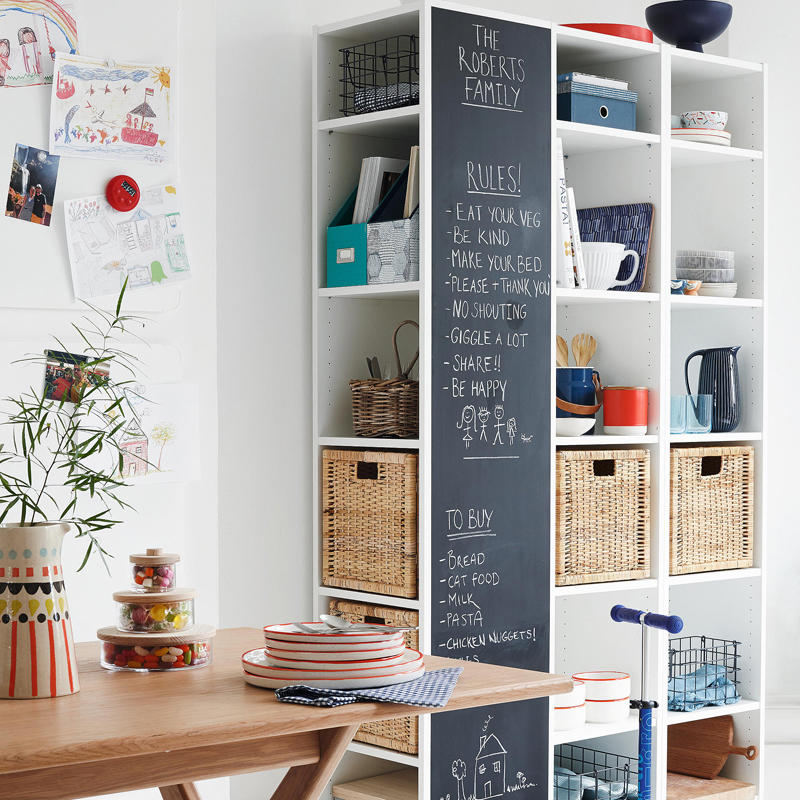5 Common Shelving Installation Mistakes and How to Avoid Them
Posted by admin on
Are you getting ready to install shelving in your home? If so, you are probably eager to get the project going. However, it’s essential to take some time to consider any potential errors that you could make.
There are a lot of things to get right during shelving installation. You want to make sure the shelves are installed correctly and will last a long time.
In this article, we will cover common shelving installation mistakes that others have made. Follow these tips to make sure you install quality shelving that lasts as long as your business.

1. Poor Measurement
Poor measurement is one of the most common shelving installation mistakes. This can be avoided by taking accurate measurements both before and during the installation process.
Get your shelving installation tools and start by measuring the entire shelving area. Take note of the width, height, and depth.
2. Underestimated Load-Bearing Capacity
This causes shelves to buckle and break over time, potentially causing damage to other items in the room. To avoid this mistake, begin by purchasing shelves that have a load-bearing capacity that can withstand the weight of the items you intend to store. Then, be sure to use screws to secure the shelves to an appropriate wall stud.
3. Jammed Screws and Other Fastening Issues
Having jammed screws and other fastening issues can lead to shelving that is unstable and potentially unsafe. You must always think of shelf installation safety.
To best avoid this issue, be sure to pre-drill holes before inserting the screws. This prevents them from becoming stuck. Additionally, use the appropriate drill bit size and type to ensure the screws fit properly.
4. Not Prioritizing Structural Stability
Ideal shelving should be able to support the weight of its contents and not sag or bow from the wall. To ensure structural stability, the wall anchors should be of a size and type appropriate to the wall material (e.g, drywall) and applied carefully according to the manufacturer’s directions. It’s also important to check that the brackets installed in the wall are level with each other and with the floor.
When replacing old shelves, if shelving is being hung on the wall, it’s important to install wooden support beams in the back. This is to make sure it is properly secured to the wall.

5. Unstable Shelf Location
Shelf location errors can cause shelves to be liable to topple over, resulting in both damage to your property (and potential injury to you) if the shelf falls. To avoid unstable shelf locations, make sure that surfaces — either wall or floor locations— that will hold the shelving unit are made of sturdy material like brick or cement and reinforced to bear weight.
There can be different shelving designs that you can go for. However, you must make sure that you choose those that fit your interior, are durable, and are worth your money. If you want a stronger and more durable shelf, you must go for oak wooden shelves.
Be Sure to Avoid These Shelving Installation Mistakes
You may be excited to put up new shelves or replace the old ones. Shelving installation costs may not be that affordable, though, and you want to take the DIY route. However, you must ensure that you avoid the errors made by those who did the same.
Shelving installation mistakes can be avoided by taking considerations for safety, the weight of the items, and structural integrity. You must also know the tools required.
Continue reading through the rest of our website to get more tips!
The post 5 Common Shelving Installation Mistakes and How to Avoid Them appeared first on DesignRulz.
